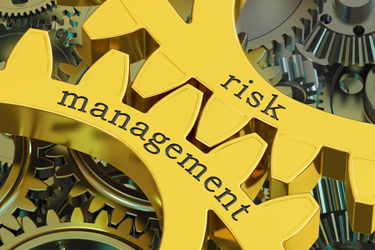Is Your Corrective Action Process Blocking Continuous Improvement?

Explore the paradox of traditional corrective action processes that may inadvertently obstruct an organization's quest for continuous improvement in this article. Rigid and bureaucratic procedures often foster a culture of blame rather than one of learning, stifling innovation and adaptability. The authors advocate for a more flexible, proactive approach that emphasizes open communication and continuous learning, enabling organizations to identify root causes and implement effective solutions.
The discussion extends to the critical role of risk assessment within Quality Management Systems (QMS), highlighting the necessity of distinguishing between minor issues and significant risks. By allowing teams to bypass cumbersome corrective action processes for low-risk events, organizations can streamline operations and concentrate on high-impact risks. Additionally, it is pointed out that many companies struggle with risk management, with only 16% feeling effective in this domain. A well-structured risk matrix can standardize definitions and prioritize corrective actions based on empirical data, ensuring that resources are allocated effectively. Essential steps for integrating risk into the corrective action process, include root cause analysis, action plan implementation, and ongoing monitoring.
Access the full article to learn more.
Get unlimited access to:
Enter your credentials below to log in. Not yet a member of Pharmaceutical Online? Subscribe today.
